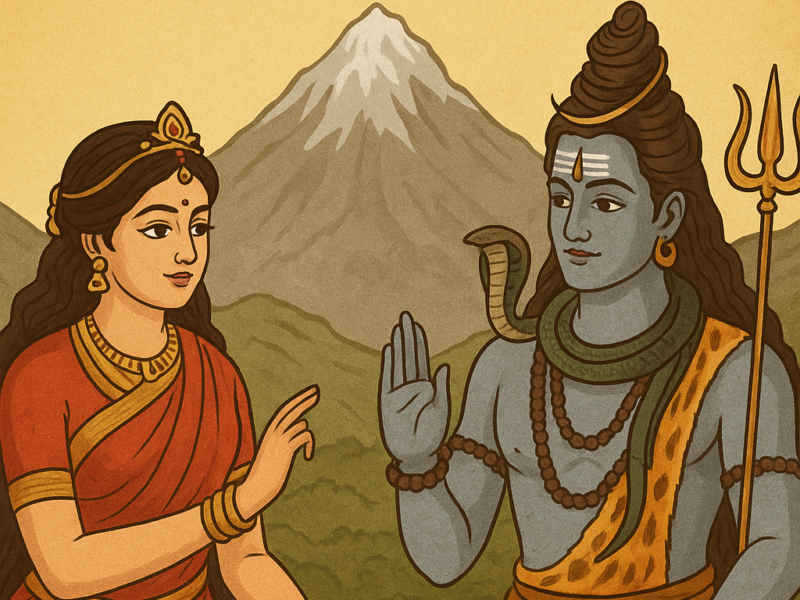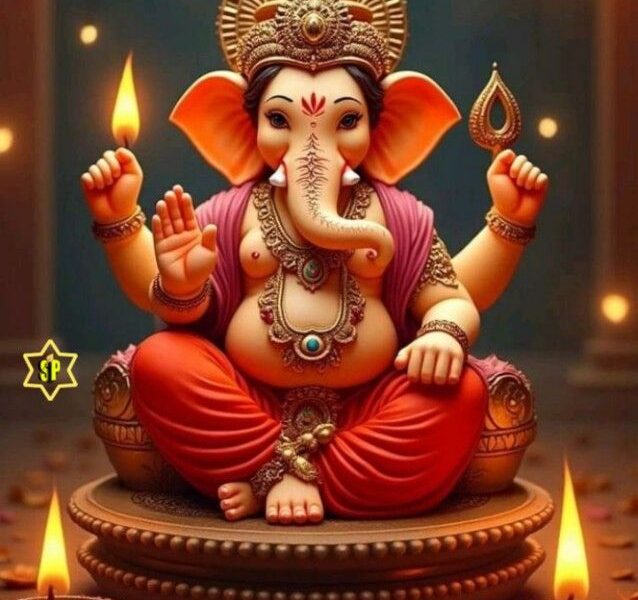
Rewritten Article Exploring Ganesha’s Avatars
The Eight Manifestations of Ganesha: Triumph over Vice and the Path to Dharma
Lord Ganesha, widely revered as the remover of obstacles and the god of wisdom, possesses a multifaceted nature that extends beyond his benevolent attributes. The Ganesh Purana unveils eight distinct avatars of Ganesha, each embodying specific qualities and embarking on a mission to conquer demonic forces threatening the cosmic balance. These narratives serve not merely as mythological tales but as profound lessons for devotees, highlighting the importance of virtues like humility, self-control, and generosity in navigating life’s challenges and attaining spiritual enlightenment.
1. Vakratunda: The Triumph of Humility
Vakratunda, distinguished by his curved trunk, emerges as the first avatar of Ganesha, tasked with confronting Matsarasura, the demon symbolizing jealousy and pride. His victory underscores the power of wisdom and humility in overcoming envy and arrogance, reminding individuals that true greatness lies in recognizing the strengths of others.
2. Ekadanta: The Power of Focused Determination
Ekadanta, meaning “One-tusked,” embodies discipline and self-control. His conquest over Madasura, the demon of intoxication and recklessness, emphasizes the importance of channeling one’s energy towards meaningful pursuits and resisting temptations that lead to dissipation.
3. Mahodara: Seeking Inner Peace Amidst Illusion
Mahodara, characterized by his prominent belly, represents abundance and contentment. He confronts Mohasura, the demon of illusion and deceit, highlighting the importance of seeking spiritual clarity and rising above the deceptive allure of the material world to attain true inner peace.
4. Gajanan: The Perils of Greed
Gajavaktra, also known as Gajanana, the “Elephant-faced,” battles Lobhasura, the demon of greed. This encounter emphasizes the destructive nature of unchecked desire, advocating for balance and generosity as pathways to harmony and fulfillment.
5. Lambodara: Embracing Life with Resilience
Lambodara, the “Big-bellied,” embodies resilience and acceptance. His victory over Krodhasura, the anger demon, exemplifies emotional regulation’s importance in achieving lasting peace. By managing one’s anger, individuals can cultivate a harmonious existence within themselves and with the world around them.
6. Vikat: Conquering Desire for Spiritual Growth
Vikata, known for his strength and courage, confronts Kama, the demon of desire. This avatar’s struggle emphasizes that controlling one’s desires is crucial for spiritual progress. By transcending base desires, individuals can focus on higher pursuits and personal growth.
7. Vighnaraja: Overcoming Doubt with Faith
Vighnaraja, the “King of Obstacles,” embodies the power to both create and remove obstacles. His triumph over Mama, the demon of doubt and skepticism, reinforces the importance of faith and trust in navigating life’s challenges. By cultivating unwavering belief, individuals can overcome self-doubt and achieve their goals.
8. Dhumravarna: Transcending the Ego
Dhumravarna, meaning “Smoke-colored,” represents the impermanent nature of life and the need to detach from the ego. He defeats Ahamkarasura, the demon of egotism and pride, underscoring the importance of humility in attaining enlightenment. By relinquishing the ego’s grip, individuals can experience true liberation and spiritual awakening.
The eight avatars of Ganesha, as detailed in the Ganesh Purana, offer timeless wisdom that continues to resonate with devotees. Each story underscores the significance of cultivating virtues and overcoming vices in the pursuit of a balanced and meaningful life. These narratives serve as reminders that the dharma path involves not only the removal of external obstacles but also the conquest of inner demons that hinder spiritual growth and fulfillment.

